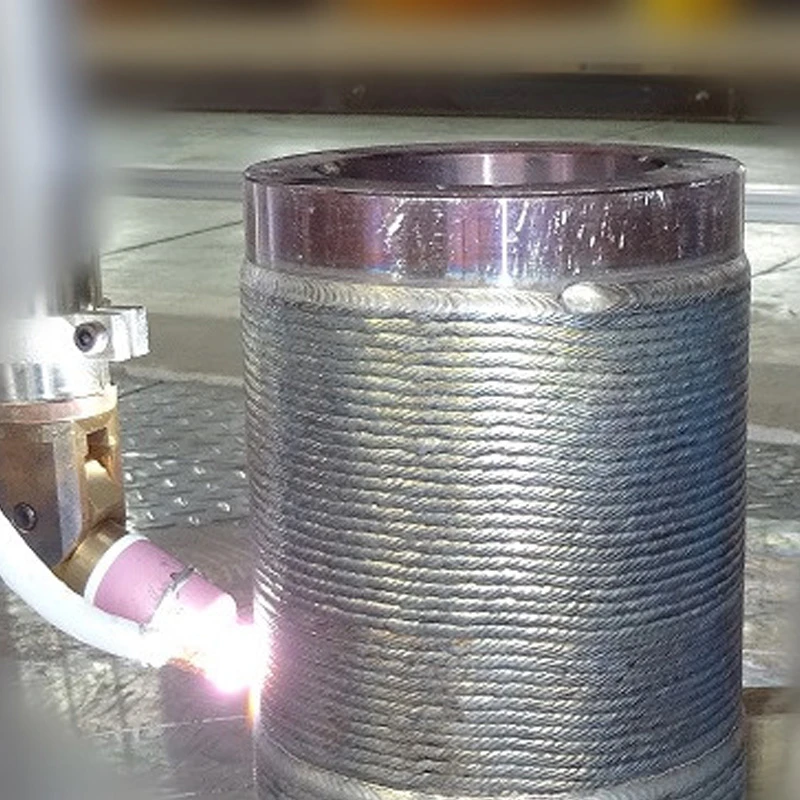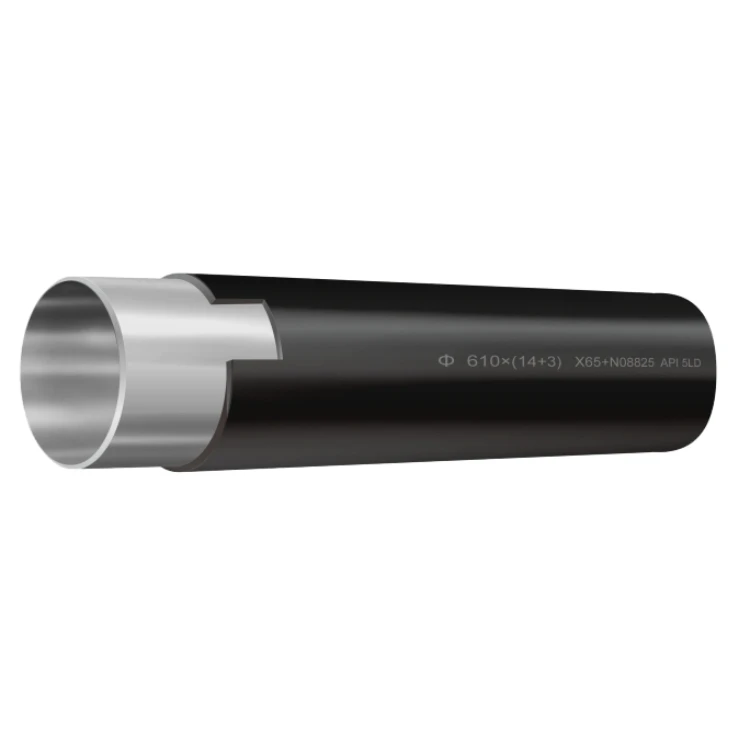PRODUCT DETAILS
Laser Clad Composite Pipe
Laser clad steel pipes are manufactured using laser cladding technology. This technology involves adding cladding material to the surface of ordinary steel pipe base material, using high-energy-density laser beams to fuse the cladding material with the steel pipe surface, forming a metallurgically bonded cladding layer. These pipes are generally used in compressed air energy storage projects as underground deep well transportation pipes or casings, as well as in oil, natural gas, and geothermal well extraction.
Laser Clad Steel Pipe Product Introduction
Laser Clad Composite Pipe combines cutting-edge laser cladding technology with the strength of steel, offering exceptional performance in harsh and demanding environments. The process of laser cladding involves applying a high-quality metal coating onto the surface of the pipe, creating a robust composite layer that enhances its resistance to corrosion, abrasion, and high temperatures. This results in a pipe that not only maintains the structural integrity of traditional steel but also boasts superior wear and chemical resistance, extending its lifespan significantly.
Ideal for industries such as oil and gas, petrochemical, and marine applications, the Laser Clad Composite Pipe is engineered to withstand extreme conditions, ensuring reliable operation in critical systems. Its lightweight nature also simplifies installation, while its long-lasting durability reduces maintenance costs over time. Whether transporting corrosive chemicals or operating in high-stress environments, this pipe delivers the strength, reliability, and protection needed for the most demanding applications.
Laser Clad Steel Pipe Advantages
1.Excellent Corrosion Resistance: Cladding with corrosion-resistant alloy materials significantly improves the corrosion resistance of steel pipes. Laser-clad nickel-based alloy steel pipes have 3-5 times better corrosion resistance than ordinary alloy pipes.
2.Good Wear Resistance: Provides high hardness and wear resistance, extending the service life of steel pipes.
3.High Bonding Strength: Compared to traditional coating or lining methods, the cladding layer is less prone to peeling, ensuring stable performance over long-term use.
4.Small Heat-Affected Zone: The laser cladding process has minimal heat input to the steel pipe base, resulting in a small heat-affected zone and little change in the base material's structure and properties, reducing deformation.
wpe=【0.02466(D-T)(T)】+【0.02466(D-2T-t)(t)(F)】
wpe- flat end steel pipe weight per unit length, trimmed to the nearest 0.01kg/m
D-steel pipe outer diameter, when the outer diameter < 457mm, repair to the nearest 0.1mm, when the outer diameter ≥457mm, repair to the nearest 1mm
T-matrix steel pipe nominal wall thickness, trimmed to the nearest 0.1mm
t-The nominal wall thickness of the corrosion resistant alloy layer is reduced to the nearest 0.1mm
F-corrosion resistant alloy material correction factor (see table below)
| alloy material |
correction factor(F) |
| 1812 |
1.017 |
| 2205 |
0.995 |
| 2506 |
0.995 |
| 2242 |
1.038 |
| 2262 |
1.075 |


